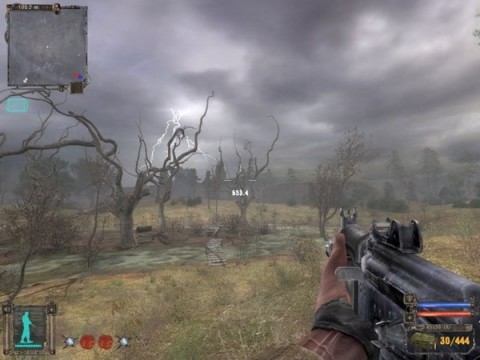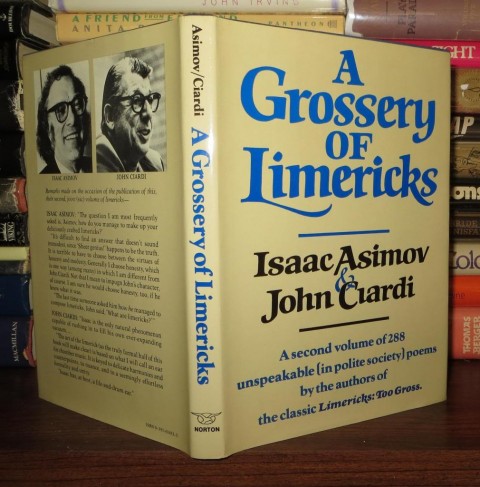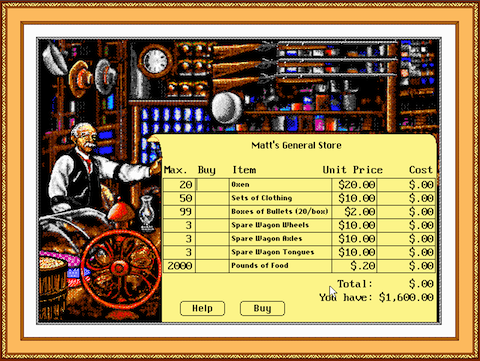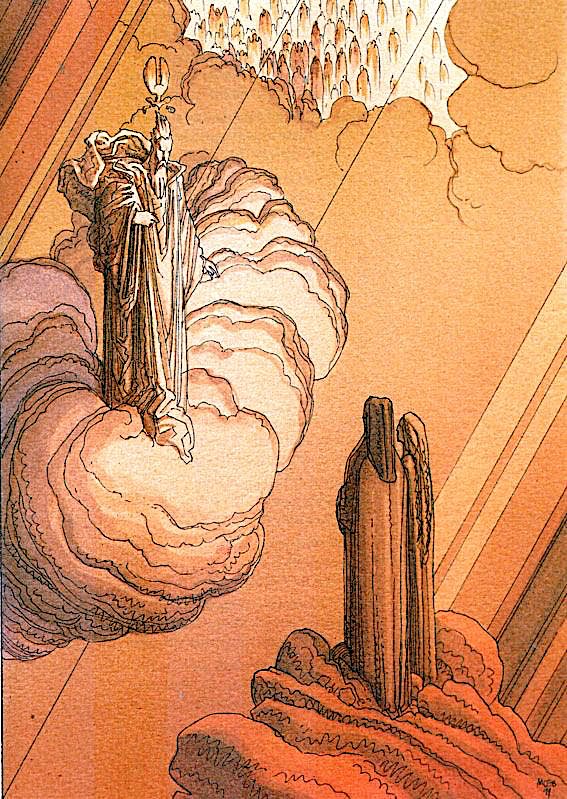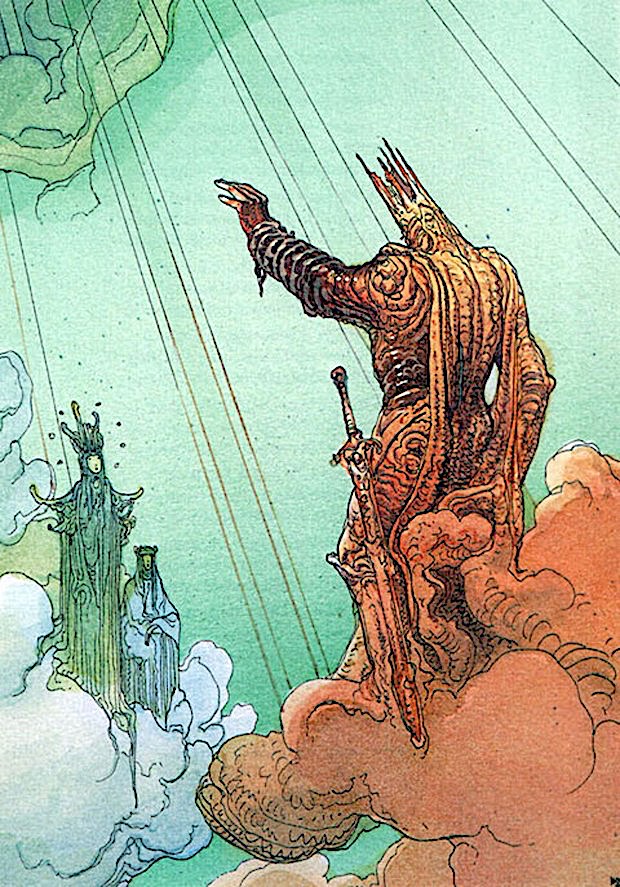Iconoclastic art movements need manifestos—to explain themselves, perhaps, to announce themselves, surely, but also, perhaps, to soften the blow of the work that is to come. In the case of Dadaism, the manifesto issued by Tristan Tzara in 1918 presents us with a curious paradox. Tzara expounds at length in several thousand words on the idea that “DADA DOES NOT MEAN ANYTHING.” In so doing, he tells us quite a bit about what Dada is, and what it is not. It is decidedly not, he writes, unified by any formal theory: “We have enough cubist and futurist academies: laboratories of formal ideas.” It is no friend to the artistic establishment: “Is the aim of art to make money and cajole the nice nice bourgeois?” It is certainly not “art for art’s sake”: “A work of art should not be beauty in itself, for beauty is dead.”
So what is this anti art about then? “Spontaneity,” “Active simplicity,” “Disgust,” “to lick the penumbra and float in the big mouth filled with honey and excrement.” And many more such provocations and images. No manifesto is any substitute for the work itself, but if any comes close to replicating its subject, it is Tzara’s. Immerse yourself in it, and you may be better prepared for Dada artists like Hans Richter, Man Ray, and Marcel Duchamp. All three represent Dadaism—whatever it is—in at least two ways: 1. Each rejected “nice nice bourgeois” cultural conventions, opposing them forcefully, and playfully, in ways both political and aesthetic. 2. Neither confined himself to any one medium or school—experimenting freely with painting, sculpture, photography, performance and conceptual art, and—for our purposes today—with film.
At the top of the post, see Hans Richter’s 1927 short film Ghosts Before Breakfast. Here, writes Lori Zimmer of Art Nerd, “flying hats, floating neck ties, [and] stacked guns” illustrate the statement at the film’s opening that “even objects revolt against regimentation.” We have here a silent cut because, the title informs us, “The Nazis destroyed the sound version of this film as ‘degenerate art.’” (The film’s original sound consisted of a soundtrack by composer Paul Hindemith.) The use of stop-motion animation and ingenious editing accords with the Museum of Modern Art’s contention that “the confluence of technology and aesthetic experimentation” that film offered “suited the Dadaists’ passion for the machine-made object.” In Richter’s short, such objects refuse to cooperate and play nice with their makers.
Just above, see Man Ray’s short film Le Retour à la Raison (“Return to Reason”). (The piano score, recorded live in 2011 in St. Petersburg, is by Dmitri Shubin.) The title of this film, I think, should be read ironically. Man Ray’s “pure cinema” actively resisted the “reason” of conventional film production, with its linear narrative logic and realist complacency. One might watch his films with the words of Tzara’s manifesto in mind: “Logic is a complication. Logic is always wrong. It draws the threads of notions, words, in their formal exterior, toward illusory ends and centres. Its chains kill, it is an enormous centipede stifling independence.” In a previous post, Mike Springer described the film as “basically a kinetic extension of Man Ray’s still photography,” utilizing “animated photograms, a technique in which opaque, or partially opaque, objects are arranged directly on top of a sheet of photographic paper and exposed to light.”
Man Ray shared a “fraternal friendship” and an artistic sensibility with perhaps the most renowned, or infamous, of the Dadaists, Marcel Duchamp. In addition to starring as himself in a few films, and co-writing the feature length Dadaist film Dreams That Money Can Buy, Duchamp made his own directorial contributions, beginning in 1926 with Anémic Cinéma, above. (I suggest viewing it with the added, non-original music muted.) Created in Man Ray’s studio, the film consists of a series of spinning disks, some containing French phrases which may be untranslatable. The whole reel is reminiscent of stock scenes of hypnotism in sensationalist “bourgeois” movies.
Are Richter, Man Ray, and Duchamp’s films—in Tzara’s words—“like a raging wind that rips up the clothes of clouds and prayers… preparing the great spectacle of disaster, conflagration and decomposition”? Such hyperbolic expressions only serve to underline what Duchamp’s disks set in motion: progress is an illusion: “after all everyone dances to his own personal boomboom, and… the writer is entitled to his boomboom.” If Dadaism champions solipsism, it also champions the right of artists to their own personal “boomboom.” In its anarchic rejection of codes of “progress, law, morality and all other fine qualities,” Dada opened the door for personal freedom of expression as wide as it would swing, preparing the way for all the situationists, yippies, and punks to come.
You can find the films above listed in our collection, 4,000+ Free Movies Online: Great Classics, Indies, Noir, Westerns, Documentaries & More.
Related Content:
Watch Dreams That Money Can Buy, a Surrealist Film by Man Ray, Marcel Duchamp, Alexander Calder, Fernand Léger & Hans Richter
Man Ray and the Cinéma Pur: Four Surrealist Films From the 1920s
The ABCs of Dada Explains the Anarchic, Irrational “Anti-Art” Movement of Dadaism
Extensive Archive of Avant-Garde & Modernist Magazines (1890–1939) Now Available Online
Josh Jones is a writer and musician based in Durham, NC. Follow him at @jdmagness
